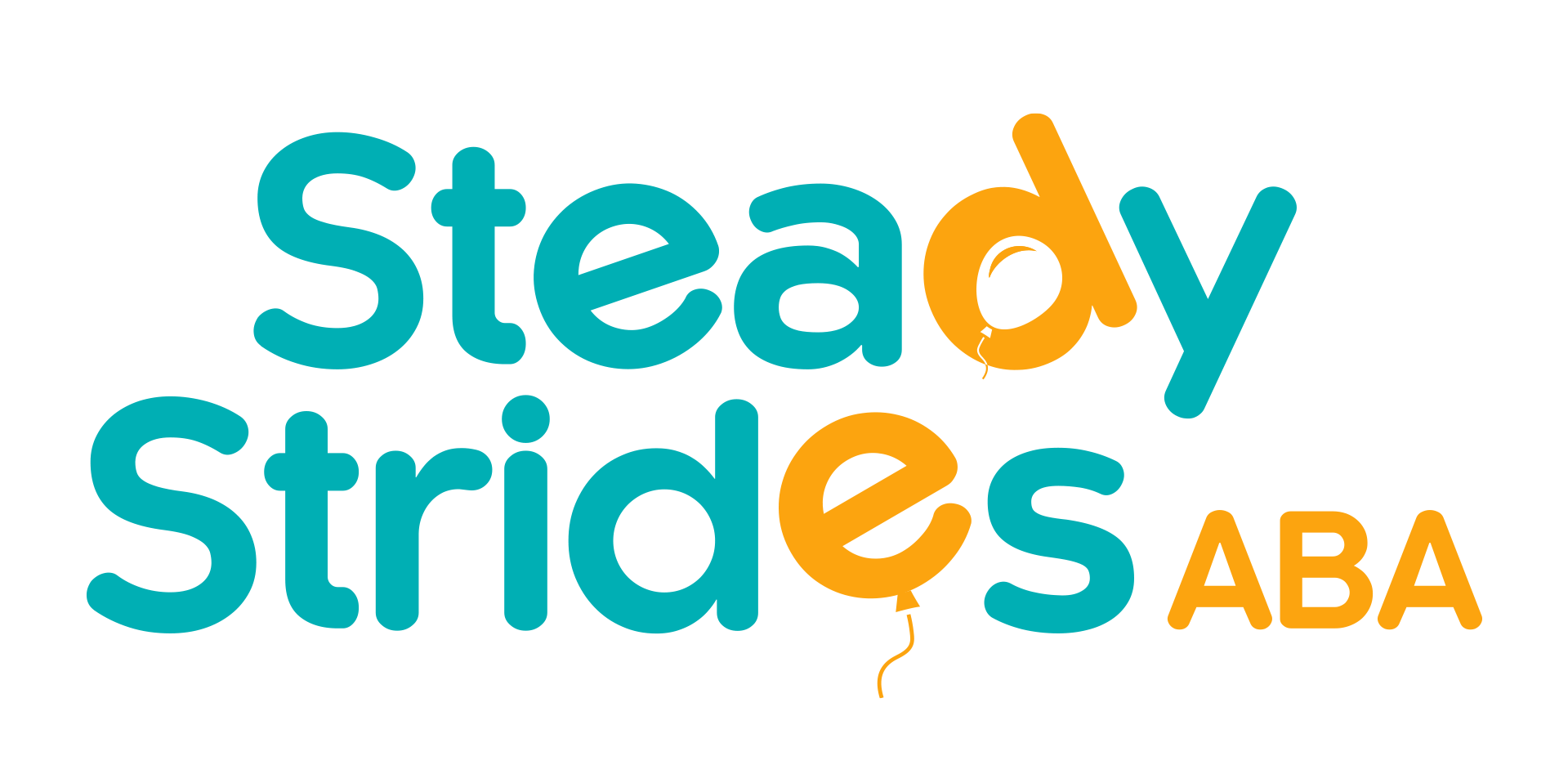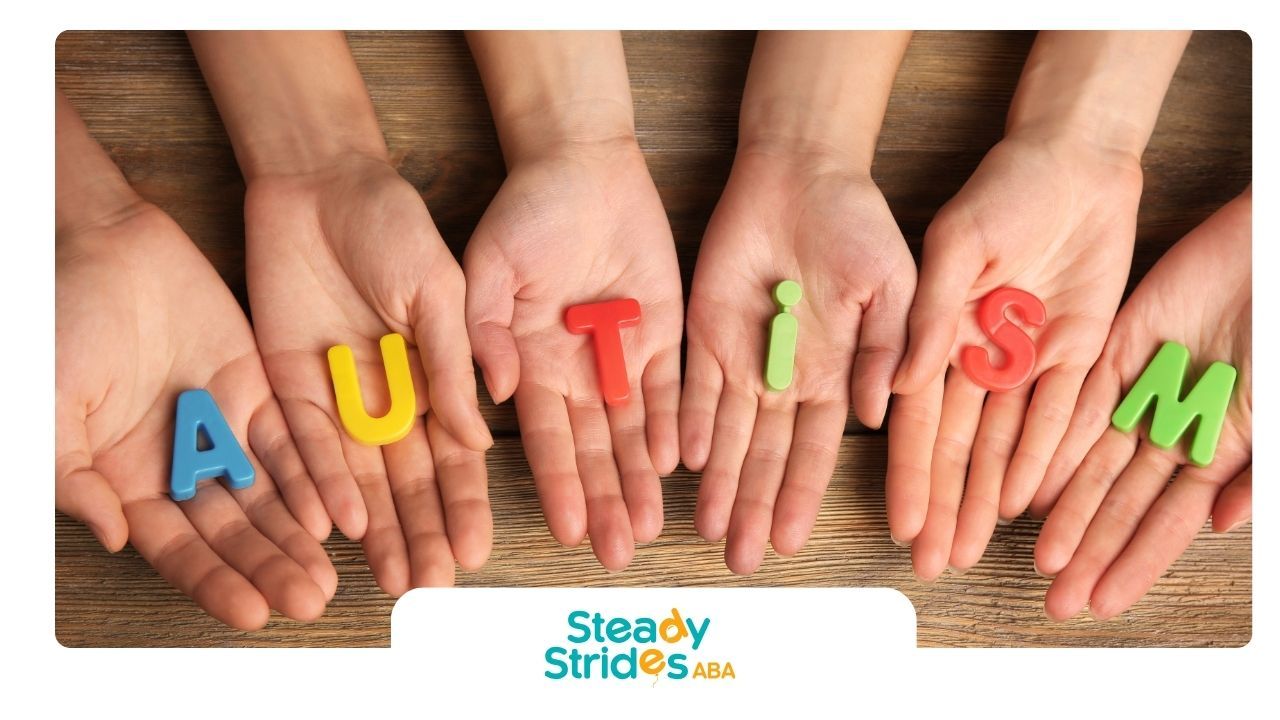Becoming a Registered Behavior Technician (RBT) is a rewarding step for those passionate about working with individuals with autism and other developmental disorders. One crucial aspect of this journey is passing the RBT exam, a milestone that can feel daunting for many aspiring RBTs. In this article, we’ll dive deep into what the RBT passing score is, how the exam is structured, and tips to help you succeed. Whether you're just starting your journey or preparing for your exam in Texas, this guide has you covered.
Understanding the RBT Exam Structure
Before diving into the specifics of the passing score, it's essential to understand the RBT exam's structure. The RBT exam is a crucial step in becoming certified and is designed to assess your knowledge and skills related to the field of Applied Behavior Analysis (ABA).
Exam Overview
- Format: The RBT exam consists of 85 multiple-choice questions, with 10 being unscored pre-test questions.
- Time Limit: You will have 90 minutes to complete the exam.
- Content Areas: The exam covers six main areas:
- Measurement
- Assessment
- Skill Acquisition
- Behavior Reduction
- Documentation and Reporting
- Professional Conduct and Scope of Practice
What is the RBT Passing Score?
The RBT passing score isn't a fixed percentage but rather a scaled score. The Behavior Analyst Certification Board (BACB) uses a scaled score system, where the passing score is set at 200 out of a possible 250 points. This means you need to perform at a level equivalent to or better than what is defined as the minimum competence level to pass.
Understanding Scaled Scores
- Scaled Score: A scaled score is a transformation of your raw score (the number of correct answers) to ensure consistency across different versions of the exam.
- Minimum Competence Level: The BACB determines this level through a rigorous standard-setting process to ensure that all candidates who pass the exam demonstrate the necessary knowledge and skills to perform as an RBT.
How is the RBT Exam Scored?
To maintain fairness, the BACB uses psychometric methods to score the RBT exam. Each question on the exam is carefully analyzed to ensure that it accurately measures the competencies required to be an effective RBT.
The exam's difficulty may vary slightly across different administrations, which is why the BACB uses a scaled scoring system instead of a straightforward percentage score.
Tips for Passing the RBT Exam
Preparing for the RBT exam can be overwhelming, but with the right strategies, you can set yourself up for success.
Here are some tips to help you ace the exam:
Understand the Task List
The BACB provides an RBT Task List, which outlines the core tasks and responsibilities of an RBT. Familiarizing yourself with this list is crucial, as the exam questions are based on these tasks.
Utilize Study Resources
There are numerous study guides, practice exams, and online courses designed to help you prepare for the RBT exam. Make sure to use reputable resources that cover all content areas thoroughly.
Practice with Mock Exams
Taking practice exams is one of the best ways to prepare. They help you get familiar with the exam format and time constraints and identify areas where you may need additional study.
Join Study Groups
Study groups can be incredibly beneficial. They offer support, allow for the exchange of knowledge, and help keep you motivated.
Focus on Weak Areas
Identify the areas where you are less confident and devote extra time to studying those topics.
Take Care of Yourself
Don't forget to look after your well-being during your preparation. Adequate sleep, regular exercise, and a healthy diet can significantly impact your performance.
Conclusion
Passing the RBT exam is a significant achievement that opens doors to a fulfilling career in ABA therapy. Understanding the passing score and preparing effectively are critical steps in your journey. Whether you're taking the exam for the first time or retaking it, remember that consistent preparation and a thorough understanding of the exam content are your best tools for success.
If you're in Texas and looking to start your career in ABA therapy as a qualified RBT, check out career opportunities at Steady Strides!
FAQs
What is the passing rate for the RBT exam?
The passing rate for the RBT exam varies, but generally, about 85% of candidates pass on their first attempt. This rate may differ slightly depending on various factors such as the quality of preparation and study resources.
How long should I study for the RBT exam?
It's recommended to study for at least 2-3 months, depending on your familiarity with the material. Consistent study sessions and using various resources can increase your chances of passing.
What happens if I don't pass the RBT exam?
If you don’t pass the RBT exam on your first attempt, you can retake the exam. You must wait at least seven days before retaking it, and you can attempt the exam up to eight times within one year from the date you applied.













